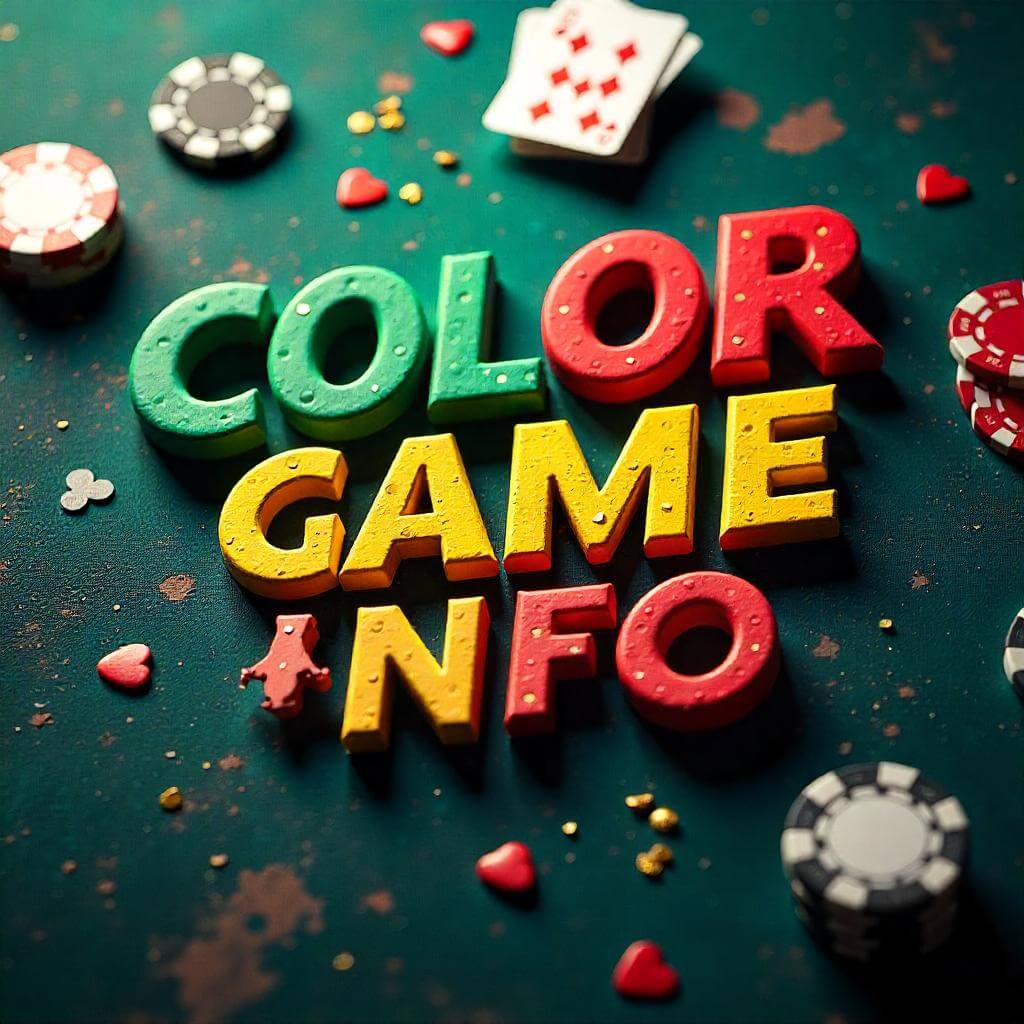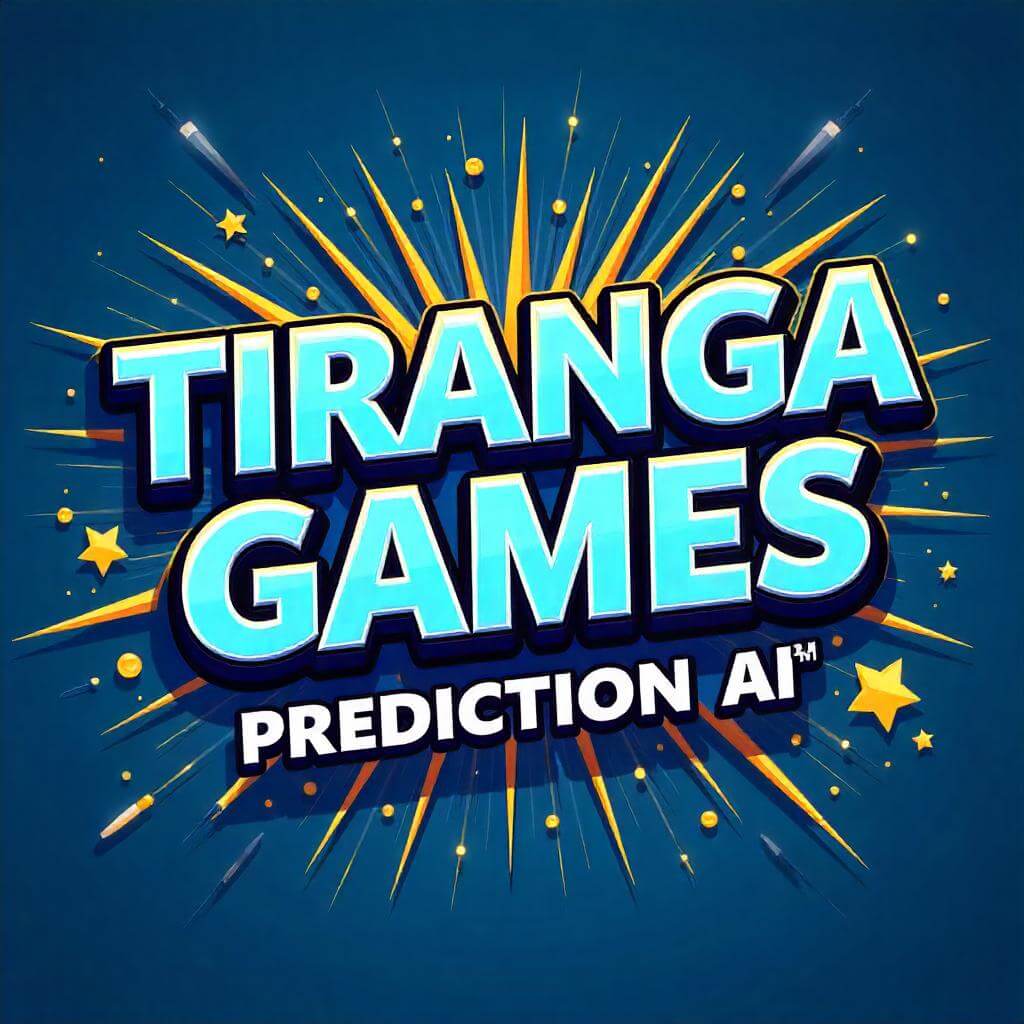In Colour Game 2025, game design theory color is a central concept and not merely an enhancement. It is Now possible to manipulate intuitive games at heightening levels, guiding players to shape, make and immerse decisions throughout the seamlessly flowing ‘Colour Game 2025’ gameplay experience. The underlying aim of every game designer is to “immerse” gamers. This article will analyze how designers utilize psychology of colors to heighten the experience through the creation of resonance and determining the intensity.”
Understanding the Power of Color in Game Design:
Amongst hues, there exist colors that can incite danger while others can relay calmness to a being. Color is a shared spoke that can be used to steer the feelings of a player. Which is what most creators focus on to sway feelings of players alongside the steering of visuals in design while manipulating psychology colors as core gameplay strategy.
Throughout the game, these elements work in unison to create the seamless experience where the players jumps ahead and leads a cheerful sound orchestra of sweet, happy tunes, blended in ecstatic colors whilst relying on quick witted logic to decide which decision is best suited for them. Pioneers leverages prophecies of decisions crafting through sporting players predicitons where color is more than a mere canvas for colors; it becomes a canvas on which complex dynamic systems are built to rely on.
Explained: The Main Idea of the Colour Game 2025
The Colour Game is at its core a trading and guessing game that has something to do with predicting the outcome of a color-based sequence. Players receive a sequence of colors (usually red, green, or some other color) and need to guess the color in the next place if they want to earn points or rewards. This setting creates an interesting psychological mix of randomness, pattern detection, and color discrimination.
The 2025 edition’s new advanced changes are how the game applies player emotions to impact their strategies at play through the use of more advanced principles of color theory.
Using Color Theory to Optimize Gameplay Interactions
- Emotion And Color Influence
Affects players differently according to their psychology and the genre of the game being played. That is the theory of color classifies shades as warm, cool and neutral:
Warm Colors (Red, Orange, Yellow): Increase excitement and alertness. In Colour Game 2025, red colors might indicate very high risk or possible danger and that can evoke faster decision making and high adrenaline.
Cool Colors (Blue, Green, Purple): They invoke peace, trust and careful thinking. In Colour Game 2025, green may signal safe zones/areas or opportunities for strategic thinking.
Neutral Colors (Gray, Black, White): Used to soften and lessen intensity. Neutral colors grant visual breather, mark inactive state, or denote relief like those in pieces of art.
Through strategic game design, players can be steered towards specific emotional responses by the deliberate application of color to each game function.
- Game focus through contrast
In Colour Game 2025, Contrasting colors can be very useful in guiding the attention of players. For important features such as prediction buttons, timers, and results, designers use complemetary colors for these elements. This means using colors that oppose each other on the color wheel.
For instance, the prediction features use a vibrant green and a muted red background while bounding the odds to guarantee effortless identification and reduced decision suck.
Because success in the game hinges on capturing the player’s attention during the multi-tasking aspects of the game, decision making requires ultra-snap reflexes at attending to shifting stimuli.
- Color harmony and comfort
Seeing harmony as dissonance without rhythm or tone in the game interface adds comfort to the user experience when the essence of contras adds fatigue and discomfort.
The UI works to balance these complementary colors with analogous colors- colors which sit next to each other on the color wheel. This allows for harmony and balance which can foster user comfort. The benefit of users engaging longer without overloading their systems.
For instance, a soothing gradient from green to blue in the background elements off the excitement created by sudden red alerts which makes it easier to aid the player’s attention.
Color Theory and Forecasting Behavior
One of the most intriguing features of Colour Game 2025 is how it uses color psychology to manipulate player predictions. People’s brains attribute specific colors to certain outcomes due to evolutionary and societal attributes. Red, for instance, often associated with danger and “stop”, may subconsciously skew players against selecting it over and over again, whereas green, associated with “go” or safety may subconsciously lead to higher risk-taking.
The game challenges these predisposed biases with the application of color mixes in random sequences to promote goal fulfillment. This integration color psychology and player behavior moves the game from a mere guessing problem to a deep thinking challenge.
Accessibility Features: Creating Solutions for Every Player
Colour Game 2025 also fosters inclusivity through consideration for color vision deficiencies. Designers integrate patterns, shapes, and text labels with colors to guarantee color blind persons are included. This multi-faceted method caters different player and broadens the reach of the game.
With respect to the above, users also have the freedom to change set color themes and contrast hues, which improves accessibility without undermining the gameplay experience.
The Advancement of Color-Based Interaction in Gaming
As a benchmark, Colour Game 2025 sets how color can be used as a form of interaction as opposed to background imagery. The next versions are likely to include AI-powered adaptive color palettes that shift in real-time to players’ emotions, determined through biometric sensors or gameplay analysis.
Such advancements could autonomously tailor game difficulty and engagement using color to measure players’ stress or excitement levels, creating a fully engaging experience.

Conclusion
As observed, Colour Game 2025 demonstrates that mastery of color theory can metamorphose game design from mere artistic expression to a multifaceted, psychologically engaging interface. A blend of hue, contrast, and color psychology enables the game to design settings where color is felt rather than seen, directing players, crafting emotions, and consummating their experience.
It is evident that mastering the role of color in design opens new frontiers of imagination and experience for both creators and gamers. As proved by the game, the prospects of gaming are undoubtedly colorfully bright for the future.






